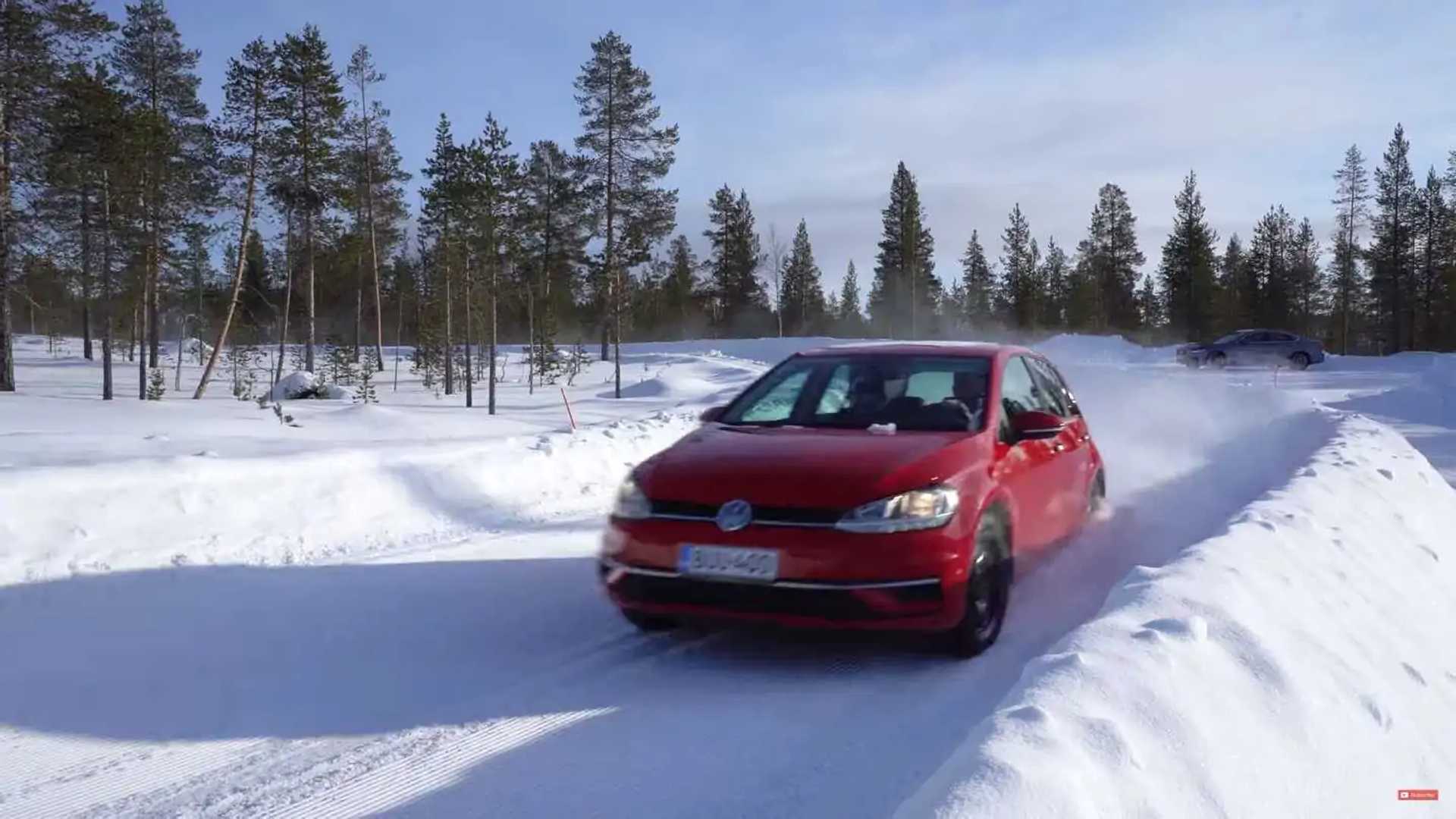You get what you pay for.
It’s only the second week of November, but if you’re reading this article in the United States, the odds are good that you’re experiencing winter weather. This is the perfect time for a reminder that, if you live where snow is a regular thing, there simply is no substitute for running dedicated winter tires. It doesn’t matter if you have the best all-season tires on the biggest SUV, because when it comes to avoiding accidents, turning and stopping are far more important than accelerating. In fact, in such situations, your heavy off-roading SUV is likely harder to control than something with two-wheel drive and decent snow tires, but that’s a subject for a different article.
Today we’re talking about the differences between dedicated winter tires, specifically a high-end snow tire versus a budget-priced alternative. There are certainly some variables here, as different tires might specialize in different roles such as ice traction, deep snow, or an emphasis on dry/wet conditions with occasional snow use. In this instance, the test features the Nokian WR Snowproof against the Tristar Snowpower 2, and you can probably guess which is billed as the premium tire.
Both brands are billed as full-on snow tires, but right off the bat you can see Nokain takes a more aggressive approach versus the smoother blocks on the Tristar. Beyond that, the test also evaluates the tires in two different sizes on two vehicles – smaller 205/55 16s on a Volkswagen Golf, and big 245/45 18-inchers on the Volvo S90. For snow and ice traction a smaller tire is usually better, but that’s also a topic for a different time.
Gallery: Cheap Vs Expensive Winter Tires








The purpose in this test is to evaluate whether or not it’s worth the extra coin to get the Nokians. It seems the short answer is yes, but it’s not quite that simple. The two brands were reasonably comparable in stopping distances on ice regardless of the car, but on the bigger Volvo, the Nokians were considerably better when stopping on snow. The Tristars also weren’t as good in snow handling, and while most people won’t be turning laps on snow-covered race tracks, the significantly quicker times returned with the Nokians highlight better grip and balance in real-world situations.
Surprisingly, in wet conditions the budget tires were a disappointment as well, especially in braking on the big Volvo. In dry conditions, the tires were pretty much equal, but one doesn’t buy snow tires for better dry-road performance. It’s worth noting that throughout the testing process, the differences between the two brands were far less with the skinnier tires on the VW. Of course, a Golf is also much lighter compared to a Volvo S90.
What’s the takeaway here? Not all winter tires are created equal. Jump into the video at the top of the article for all the cool details of this interesting snow tire comparison.
- Share on Facebook
- Share on Twitter
- Share on LinkedIn
- Share on Flipboard
- Share on Reddit
- Share on WhatsApp
- Send to email
Source: Read Full Article
